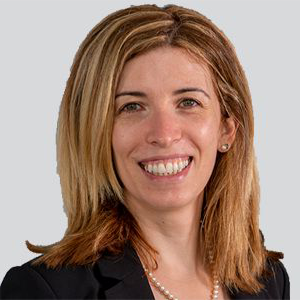Video
Aducanumab Cost Cut, REFINE-ALS Details Announced, NMOSD Shows Brighter Spotty Lesions Than MOGAD
Author(s):
Neurology News Network for the week ending December 25, 2021.
This week Neurology News Network covered the recent announcement of Biogen to cut the cost of aducanumab, the new 24-week study of edaravone in patients with ALS, and ways to differentiate NMOSD from MOGAD by using brighter spotty lesions.
Welcome to this special edition of Neurology News Network. I’m Marco Meglio.
Biogen announced this morning that as of January 1, 2022, the wholesale acquisition cost of its antiamyloid antibody for the treatment of Alzheimer disease (AD), aducanumab (Aduhelm), will be reduced from the current cost of $56,000 yearly to $28,200 yearly for the maintenance dose (10 mg/kg) for individuals of an average weight (74 kg), a reduction of 50.3%.This news comes just days after the company announced its plans to submit the final protocol for its phase 4 post-marketing study to the FDA, aiming to initiate patient screening by May 2022.2 The company announced that this action on pricing was implemented with a goal of “lowering out-of-pocket expenses for patients and reducing the potential financial implications for the US healthcare system,” stating that the price reduction considers the questions that have been raised about this now first class of AD medications, the population that is eligible for treatment, and reassessed pharmaco-economic assumptions.
Details from the phase 4 REFINE-ALS biomarker study in patients with amyotrophic lateral sclerosis (ALS) were presented at the Motor Neurone Disease Association 32nd International Symposium on ALS/motor neurone disease (MND), held virtually from December 7-10, 2021. The REFINE-ALS trial is anticipated to enroll approximately 300 patients with ALS who have begun treatment with edaravone (Radicava; MTPA). The 24-week study will include a total of 6 treatment cycles, each spanning 28 days, with 60 mg of edaravone administered by intravenous (IV) infusion for 14 days of the initial treatment cycle and followed by daily dosing on 10 out of 14 days in subsequent cycles. Biomarkers will be assessed for oxidative stress, inflammation, and neuronal and muscle injury, prior to treatment initiation, at treatment start, and again at cycles 1, 3, and 6 over the course of the study period.
By analyzing spinal MRI scans, investigators found a presence of brighter spotty lesions (BSLs) in patients with aquaporin-4 neuromyelitis optica spectrum disorder (AQP4-NMOSD) whereas this was not the case for those with myelin oligodendrocyte glycoprotein antibody disease (MOGAD).Senior author Ho Jin Kim, MD, PhD, consultant neurologist and principal scientist, National Cancer Center, Goyang, Korea, and colleagues concluded that BSL is a useful discriminator of myelitis in AQP4-NMOSD and MOGAD. They wrote that, "If this finding is reproduced by future investigation, BSL may emerge as a characteristic feature for revising the diagnostic criteria for AQP4-NMOSD." Using a 1.5-3T scanner, BSLs were found in 18 of 61 (30%) participants (19 of 28 [28%] of MRI scans) with AQP4-NMOSD, while none of the 49 participants (0 of 65 MRI scans) with MOGAD had BSLs (P <.0001). Between the 2 groups, T1 hypointense lesions and gadolinium enhancements were not significantly different.
For more direct access to expert insight, head to NeurologyLive.com. This has been Neurology News Network. Thanks for watching.




